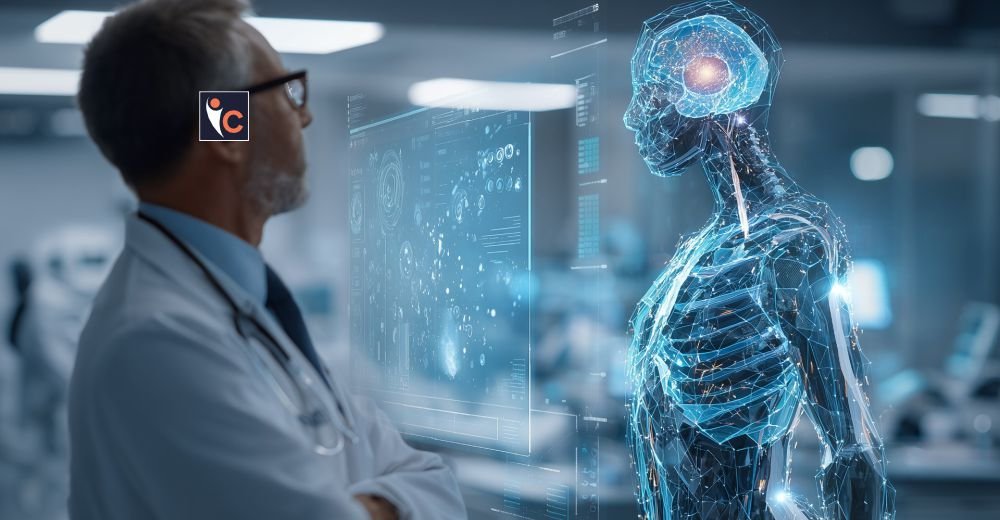Due to the pace of the current healthcare environment, digital health technology has revolutionized the career of nurses. From electronic health records (EHRs) to telemedicine and decision support with AI, these kinds of technologies are revolutionizing patient care as well as workflow efficiency. Nurses are the initiators of the delivery of healthcare services, and through digital channels, they become efficient as well as gain improved patient outcomes.
Understanding Digital Health in Nursing
Digital health in Nursing refers to a broad array of technologies applied to enhance the provision of care. It covers EHR systems, mHealth technology, remote monitoring, artificial intelligence, and telehealth services. The technology enhances the capability of nurses to present patients’ real-time data, electronically document, and communicate, thereby enhancing the efficiency of workflow.
Enhancing Workflow Efficiency using Digital Health
- Electronic Health Records (EHRs) and Digital Documentation
One of the success stories of electronic health is the use of EHRs at a large scale. They are replacements for paper-based conventional records, in which nurses can document patients’ data electronically. The benefits are:
- Immediacy to Patient Data: Nurses have access to patients’ history, drugs, and treatment plans right away and save administrative time at once.
- Fewer errors: Computerized entry of information removes the possibility of human error, which enhances the safety of the patient.
- Seamless Communication: EHRs support seamless communication among healthcare teams to coordinate care.
- Telehealth and Remote Patient Monitoring
Telehealth is nursing in the era of today, especially after the COVID-19 era. Telehealth offers a platform to support nurses to provide virtual consults, remotely monitor patients, and teach patients remotely in the management of chronic disease. Its advantages are:
- Decreased Hospital Readmissions: Early warning signs are monitored by remote monitoring to prevent complications.
- Time Efficiency: Increased patients are treated by virtual nurses, providing maximum workload.
- Increased Patient Engagement: Educated patients are provided with timely advice to initiate treatment compliance.
- Artificial Intelligence (AI) in Nursing
Artificial intelligence (AI) technologies support nurses in decision-making, risk assessment, and early-stage disease detection. AI technologies browse large patient databases and offer conclusions that improve clinical processes.
- Clinical Decision Support Systems (CDSS): AI-based applications provide nurses with real-time advice and warnings so that they are able to take the correct decision.
- Automated Scheduling: AI-based scheduling puts the nurses in the correct location and at the correct time for effective staffing and prevention of burnout.
- Enhanced Diagnostics: AI-based solutions allow nurses to identify early warning signs of disease, leading to early intervention.
- Mobile Health (mHealth) Applications
mHealth applications are transforming nursing practice through the capacity to receive life-critical data in real time. Nurses can utilize such applications for:
- Tracking Patient Progress: Cellular applications enable real-time monitoring of patient vital signs and medication compliance.
- Improving Communication: Secure messaging applications enable inter-professional communication among healthcare professionals.
- Improve Training and Education: Nurses can utilize e-learning modules and stay updated with the latest in the healthcare industry.
- Automation of Clerical Work
Technologies enabled by solutions render effort and time-consuming clerical work unnecessary and release time for more care to be provided. They are:
- Electronic Medication Administration Records (eMAR): Computerized antiseptic eMAR systems enable easy right drug administration by nurses.
- Automated Supply Management: Software tracking of medicine supplies give real-time availability of supplies and prevent shortage or delay.
- Smart Bedside Technologies: Patient vital measurement equipment automates, which decreases manual documentation.
Challenges and Considerations
Even though digital health technology in nursing poses many benefits, challenges also remain.
- Learning Curve: Nurses in training are supposed to apply the new digital technology.
- Data Security: The cyber-attacks against patient data need to be mitigated.
- Cost of Implementation: Putting in place digital systems is expensive.
- Technology Downtime: Failure of systems or downtimes lead to disruption of the workflow and thus the backup system.
Future of Digital Health in Nursing
Digital health in nursing will remain a central aspect with evolving technology. Among the newer developments are:
- Wearable Technology: Wearable devices monitoring patient health in real-time in real-time.
- AI-Powered Chatbots: Chatbots for nursing care in real-time.
- Blockchain for Data Security: Protecting the security and integrity of patient data.
- 5G-Powered Telehealth: Smarter and faster telehealth technology for delivering remote treatment.
Electronic healthcare has transformed nursing practice, affecting both productivity as well as patient outcomes. By the implementation of EHRs, telemedicine, AI, and mHealth apps, the patients are provided with proper care along with time management to be utilized to the fullest. Its appropriate utilization requires solving issues related to data security, training, as well as roll-out expenses. Improved technology ensures improved digital health for the betterment of nursing’s future to provide improved healthcare service as well as patient satisfaction.
Through the analysis of web-based healthcare solutions, more focus can be placed on patient care and creating a healthier and more efficient healthcare system for nurses. Spending money on these technologies now will lay the foundation for healthier and networked healthcare in the future.





